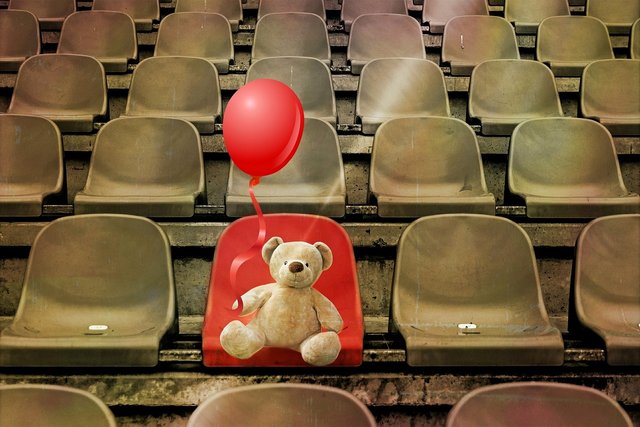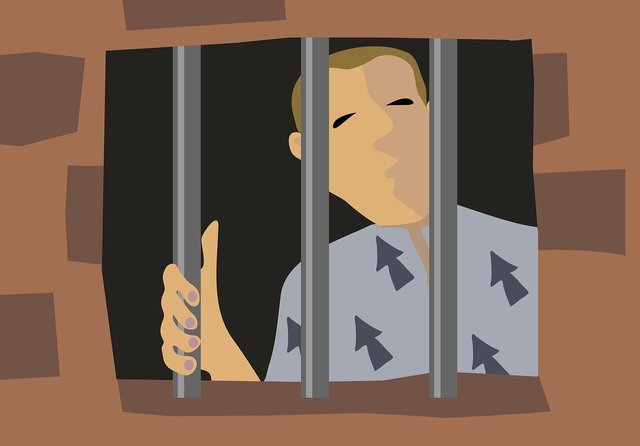Game Design 101- Step 2: Parameters
Welcome back! I’m a professional game designer writing to help you become one too. For those just joining us, check out how to become a game designer and Part 1
One of the biggest challenges of designing a game is how open-ended the process can feel. Limitless possibility is intimidating! It may seem counter intuitive, but the best way to be creative is to give yourself restrictions.
Create More by Changing Less
Game systems are delicate creatures. Changing one part can have ripple effects on the whole design.

Deciding to hold some things constant allows you to be most effective with the changes you do make. Staring at a blank page with no limitations can be very daunting, but knowing that you want to make a $14.99 retail card game for 8-12 year olds, can immediately start you down a path. Limitations breed creativity.
Be Your Own Boss
One of the benefits of designing games for hire is that parameters are often set for you. You will usually be told who your game is for, what the theme will be, and when the game needs to be complete. These things (especially the deadline) do a wonderful job of focusing your attention on what really matters. When you are just starting out or designing games on your own, you need to be your own boss and define these parameters for yourself.
3 Key Questions to Set Parameters
Answer the below questions for your game and hold those answers constant through your first design cycle. You can change them later if need be, but there is value in wrestling with limitations before you relax them.
1. Who is your target audience?

While we all would love to design games enjoyed by everyone, you need to pick a smaller target to aim at when designing your game. What key attributes define members of your ideal player group? Try to think about their age, hobbies, interests, etc. Create a mental picture in your mind of someone in this group. What activities do they engage in? What motivates them? What types of things do they buy? What kind of games do they play now? Why do they play those games?
Answering these questions and keeping a mental picture of your target audience in your head will help guide your design process. Don’t try to make your audience too broad, especially at first. It is a common mistake to try and design a game for everyone. If you are trying to design something for everyone, you are really not designing for anyone.
Keep your focus small- envision one member of your target audience and design a game for them specifically. The easiest target audience to design for is yourself. Creating games that you yourself love to play has the wonderful advantage of it being obvious when you succeed or fail.
Even if you are targeting yourself, however, make sure that you find others who also fall within your target audience to playtest your game and provide feedback. We are often blind to our own shortcomings and only the harsh reality of playtesters outside of your design team can truly give you the feedback you need.
2. What is your hook?

Every great game has a hook. Each year, hundreds of games are released and available online and on store shelves. What makes yours stand out? There are lots of possible answers to this question, and hopefully you have developed yours during the inspiration step, but its worth thinking out and writing down explicitly.
There is a principle in business called the “elevator pitch”- imagine that you just so happen to be in an elevator with a wealthy investor. You only have a minute to convince this person that you are worth their time after the doors open. How do you do this? There are many approaches, but the easiest is to connect two exciting things in a unique way (e.g. Angry Birds with Star Wars characters, Digital Trading Card game plus Tactical RPG, Deckbuilding Game using Dice instead of cards, etc.).
The same principle will apply with your customer as they browse past your game in a store or ad. How would you describe your game in one or two sentences? What differentiates it from other games? This doesn’t mean your whole game needs to be described in two sentences, just the unique hook that gets someone interested. If answering this question takes more than two sentences, you need to refine further.
3. What external restrictions do you have?

Every design process has restrictions- some more severe than others. Think about what you must work around and what will constrain your design. Do you have a deadline? Do you have a brand or intellectual property you have to design for? Do you have cost limitations? A programming language or platform you must use?
As counter intuitive as it is, even if you are designing for yourself and have no immediate restrictions of time and cost, it can be very helpful to artificially create these restrictions. Remember, limitations breed creativity. Placing deadlines on yourself forces you to focus on what matters. This helps you to rapidly move a game forward, rather than endlessly refining and tweaking and procrastinating. Write down your restrictions and use them as guidance for the next phase.
Remember, parameters you create are not set in stone, but they are going to help you through the rest of your first design cycle. Holding some variables constant will drive your creativity and move you quickly into the prototype phase. Those creative leaps forward come during the phase of the design cycle which I’ll talk about next time - Brainstorming.
Hi, I’m Justin!
I’ve been obsessed with games since a very young age. I won the Magic: the Gathering US National Championships at the age of 17 and played cards professionally for 5 years, travelling the world and paying my way through college. I started designing games professionally in 2004 and I founded my own game company in 2010. I’ve launched multiple hit games with some of the biggest brands in the world including Marvel, DC, and World of Warcraft. I love reading, writing, dancing, meditating, learning, and helping others. Learn more about me here.
"This post originally appeared on my blog ...... - it has been modified and updated exclusively for Steemit!”